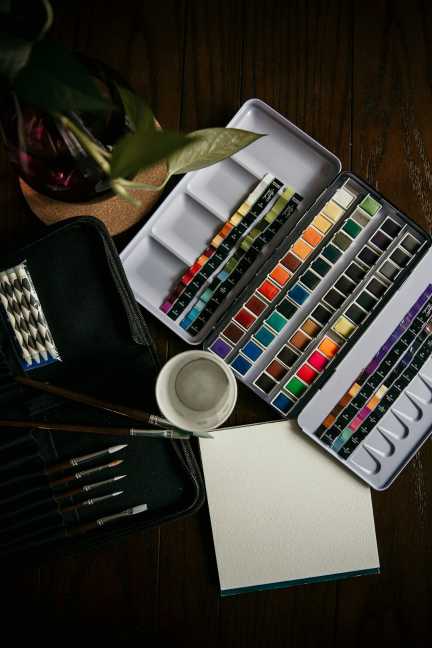Getting started with calligraphy: Mastering beautiful lettering
Calligraphy is an art form that has been practiced and admired for centuries. Its origins can be traced back to ancient times, where scribes would meticulously craft beautiful letters by hand. Today, calligraphy continues to captivate and inspire people around the world with its elegance and timeless appeal.
If you’ve ever been intrigued by the art of calligraphy and desired to master beautiful lettering, this blog post is for you. Here, we will guide you through the essential steps to get started on your calligraphy journey.
1. Understanding the basics:
Before diving into the world of calligraphy, it’s crucial to familiarize yourself with its fundamental principles. Calligraphy is all about the art of creating beautifully crafted letters using a specific writing instrument, such as a nib pen or a brush. It involves a combination of contrasting thick and thin strokes, as well as attention to details such as angles and spacing.
2. Gathering the right tools:
To begin your calligraphy journey, you’ll need a set of essential tools. Start by selecting a calligraphy pen or a brush, depending on the style you wish to pursue. Experimenting with different tools will help you find one that suits your preference and comfort level.
Other essentials include ink, paper, and a ruler or guidelines to help you maintain consistency in letter height and spacing. Make sure to invest in quality materials to ensure a smooth and enjoyable calligraphy experience.
3. Learning calligraphy styles:
One of the most exciting aspects of calligraphy is the diverse range of styles available to learn. From classic scripts like Copperplate and Spencerian to more contemporary styles like modern calligraphy, there is a style for every taste.
Start by selecting a style that appeals to you and focus on mastering its foundational strokes. Practice tracing and replicating letters to build muscle memory and improve your technique. As you progress, don’t be afraid to experiment with mixing different styles to develop your unique calligraphy voice.
4. Mastering the basics:
Once you’ve chosen a style and acquired the necessary tools, it’s time to dive into practicing the basic strokes. These strokes include the upward and downward strokes, as well as varied pressure applied to create thin and thick lines. Devote dedicated practice time daily to build muscle memory and improve your consistency.
Additionally, pay significant attention to consistent lettering height and spacing. Precision and attention to detail are crucial in calligraphy, and mastering the basics will lay a strong foundation for your growth as a calligrapher.
5. Expanding your skills:
Once you feel comfortable with the basics, it’s time to move on to more advanced techniques. Explore flourishing and embellishing letters to add a personal touch to your compositions. Practicing flourishing will not only challenge your skills but also enhance the beauty and uniqueness of your work.
Experiment with different scripts, lettering variations, and layouts. Don’t be discouraged by mistakes or imperfect lettering. Embrace the learning process, and remember that practice is key to mastering any art form.
6. Seeking inspiration and feedback:
As you progress on your calligraphy journey, seeking inspiration from other calligraphers and artists can be a great way to improve your skills and find your unique style. Follow calligraphy blogs, join online communities, and participate in workshops or courses to connect with fellow enthusiasts and experts in the field.
Seeking feedback on your work is also invaluable in your growth as a calligrapher. Share your work with trusted friends, mentors, or online communities for constructive criticism and advice. Embrace feedback as an opportunity to learn and grow.
7. Developing your personal style:
While learning calligraphy styles is essential, don’t forget to develop your personal touch and style. Calligraphy is an art form that allows you to express your creativity, personality, and individuality. Experiment with different techniques, color palettes, and compositions to create truly unique pieces of art.
Remember that calligraphy is a journey. It takes time, practice, and patience to master the art of beautiful lettering. Embrace mistakes and imperfections as part of the learning process, and never stop experimenting and pushing your boundaries.
In conclusion, calligraphy provides a doorway to a world of beautiful lettering and artistic expression. By understanding the basics, gathering the right tools, and dedicating yourself to practice, you can embark on a fulfilling journey of mastering calligraphy. Remember, it’s not about reaching perfection, but rather about the joy of creating something beautiful with your own hands. Start your calligraphy journey today and let your creativity flow through your beautifully crafted letters.












